Soy Sauce: Benefits, Nutrition Facts, Recipes, Risks, And Alternatives
The liquid condiment that enriches your dishes with its typical flavors and nutrients
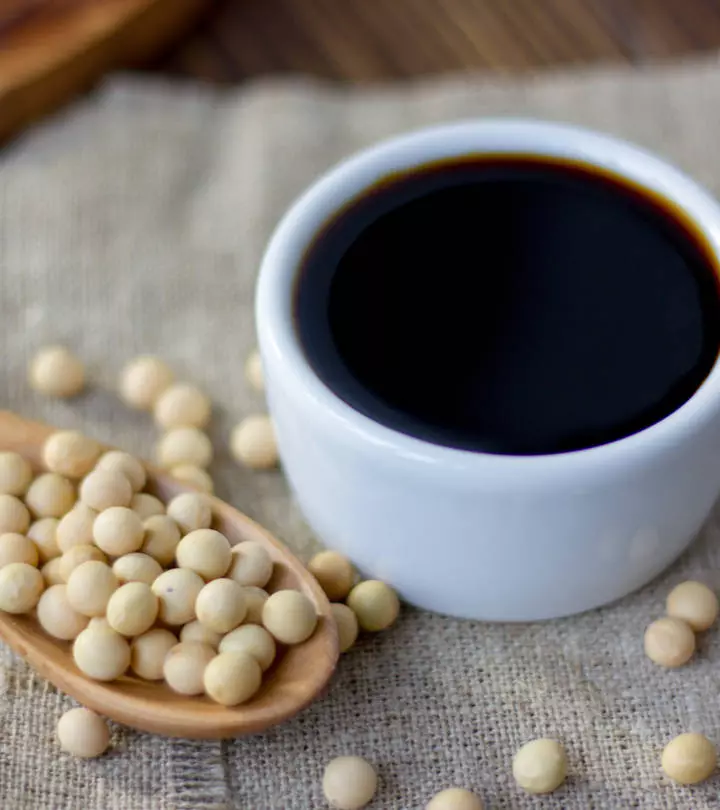
Image: Shutterstock
Soy sauce, a liquid condiment, originated in China over 2000 years ago. It is popular in many Asian cuisines where it is added to dishes. You would even have added it to your Chinese dishes many times. The benefits of soy sauce can be attributed to its antioxidant and anti-inflammatory properties. This is a fermented seasoning that may enhance digestion, lower cholesterol, and reduce allergies. Here, we discuss how to prepare soy sauce at home, its nutrition profile, types, and its potential health benefits and risks that you must know. Read on.
 Know Your Ingredient: Soy Sauce
Know Your Ingredient: Soy SauceWhat Is It?
A chinese liquid condiment made from fermented soybean paste.
What Are Its Benefits?
It promotes digestion and may reduce blood pressure, cholesterol, and allergies.
Who Can Consume It?
Anyone can consume it except for people with serious hyperthermia.
How Often?
It can be consumed daily in moderation.
Caution
Its high sodium content may cause spikes in people with high blood pressure.
In This Article
What Is Soy Sauce?
Soy sauce is the most consumed fermented liquid seasoning in the world. It is made by fermenting soybeans, wheat, and salt, which results in its signature umami flavor. This versatile condiment comes in various types, such as light, and dark soy sauce, and many more. The sauce originated from soy paste (Jiang) from the soybeans in China. It also gained popularity in other regions like Japan, Korea, Indonesia, and Western countries. Soy sauce is available in a variety of colors and flavors based on the production methods and regional cooking preferences. You can add this condiment to cooked and uncooked food, and its salty and caramel-like taste enhances the aroma and taste of your dishes.
You can always purchase soy sauce from the store. There are three types of soy sauce: fermented, acid-hydrolyzed vegetable protein, and a mixture of these two (checking the ingredients list can help you identify). However, preparing the sauce at home can be a different experience. Though it is a long process, it definitely is worth the time.
Key Takeaways
- Soy sauce is a fermented seasoning with many therapeutic benefits. This condiment has a salty and caramel-like taste.
- Its rich nutrient profile and antioxidant properties help promote digestion, reduce allergies, lower bad cholesterol levels, and reduce blood pressure.
- You can add soy sauce to your favorite curries or noodles and can easily prepare it at home with a minimum of four ingredients.
How To Make Soy Sauce Easily At Home?
You may like adding soy sauce to your noodles, curries, in marinades, or other food items. This fermented seasoning adds color, good flavor, and an umami taste to the food. You can prepare this condiment with a minimum of four ingredients.
What You Need
- Soybeans – 4 cups
- Wheat flour – 4 cups
- Sea salt – 3 ½ cups
- Koji culture (Aspergillus oryzae) – as needed
Process
- Wash 4 cups of soybeans and drain them. Fill a pot with 18 cups of water and add the soybeans. Let them soak for 24 hours.
- Drain the excess water and cook the soybeans uncovered in the same pot for at least 4 to 5 hours on medium-high heat.
- If you want to use a pressure cooker, add a cup of water with the soybeans and cover the lid. Cook on high heat for 20 minutes.
- Mash the soybeans into a smooth paste using a food processor.
- Add 4 cups of wheat flour to the soybean paste. Knead the dough thoroughly. Do not add extra water.
- Sprinkle the Koji on your wheat and soy dough according to the instructions on the pack.
- Evenly spread the soya mixture in a 3-inch deep stainless steel or glass tray as a 2-inch layer.
- Let the tray rest in a humid and warm place for two days, undisturbed.
- Dissolve the 3 ½ cups of sea salt or Himalayan pink salt in the 16 cups of water. Mix until the salt thoroughly dissolves in the water.
- Add your dried soy blocks to a large jar and pour the brine over it. There should be enough space on top so that you can stir it regularly for the first week and once every week for the next 6 to 12 months.
- Store the jar in a warm and humid place where it will not be disturbed. Ensure the temperature is maintained between 30o – 35o Celsius.
- Strain using a cheesecloth and press the solids with a spatula until all the liquid is extracted.
- Heat this liquid on medium-high heat at a temperature of 79 degrees Celsius for 20 minutes. When the sauce cools down, refrigerate it in a tightly covered bottle.
 Trivia
TriviaThis is how you can prepare soy sauce at home. Scroll down to find the nutrition facts of soy sauce.
Soy Sauce Nutrition Facts
According to the U.S. Department of Agriculture, one tablespoon of soy sauce contains (1):
- Energy: 10.8 kcal
- Protein: 1.89 g
- Fat: 0.018 g
- Carbohydrate: 1 g
- Fiber: 0.144 g
- Calcium: 3.6 mg
- Sodium: 1010 mg
However, soy sauce is high in sodium and tastes very salty.
One tablespoon of the sauce meets close to 50% of your daily sodium intake.
This condiment does offer some important health benefits. We will explore them in the next section.
What Are The Health Benefits Of Soy Sauce?
our health in numerous ways. So, soy products, including soy sauce, may also have similar benefits. Let us learn about them in detail below.
1. May Promote Digestion

The microorganisms used in the fermentation of soy sauce have probiotic properties that help improve digestion (2), (3). A review published in the Journal of Agricultural and Food Chemistry suggests that the polyphenols in soy sauce also help in the digestion of food (4). Another study conducted on Japanese soy sauce (Shoyu) examining its functional properties found that intake of one cup of clear soup containing soy sauce can enhance gastric juice secretion and promote digestion.
2. May Reduce Allergies

Soya sauce is said to possess anti-allergic properties that may help treat allergies caused by the consumption of certain foods (6). The Shoyu polysaccharides (SPS) in soy sauce can have a suppressive effect on allergic reactions in the ears (6). These can also improve the quality of life in people with allergic rhinitis. A dose of 600 mg of Shoyu polysaccharides per day for four weeks was found to improve the symptoms of allergic rhinitis (6).
3. May Lower LDL Cholesterol
A review published in Nutrients suggests that the bioactive peptides in soy (produced by its fermentation process) can lower LDL cholesterol levels. However, more research is warranted to understand this benefit of soy sauce in humans.
4. May Reduce Blood Pressure

A 13-week study on rats orally administered with 200 mg/kg body weight/day of newly fermented salt-free soy sauce saw lowered blood pressure levels (9). As per another study, Ganjang, a traditional Korean soy sauce, is said to possess anti-hypertensive properties (10).
5. May Have Anti-Tumor Effects
A mice study found that soy sauce diets may help reduce the frequency and multiplication of liver tumors.
The anti-tumorigenic and anti-mutagenic effects of soy compounds may significantly reduce tumors (11). However, studies are limited in this regard and more research is warranted to understand these effects in humans.
These are the important benefits of soy sauce. However, do note that most of these studies have been conducted on animals, and more human studies are warranted to arrive at conclusive findings.
Soy sauce is available in five different types? Check them out in the next section.
5 Types Of Soy Sauce
- Light Soy Sauce: It is known to enhance the flavor of food items. It is also known as ‘usukuchi’ and is mainly used in Chinese recipes. It has a milder aroma, thin texture, and is available in a light reddish-brown color. It is saltier than other soy sauces.
- Dark Soy Sauce: This sauce has a strong aroma and is reddish-brown. It is also known as ‘koikuchi shoyu’ and has a thicker texture. It gives a sweet or less salty taste to your food.
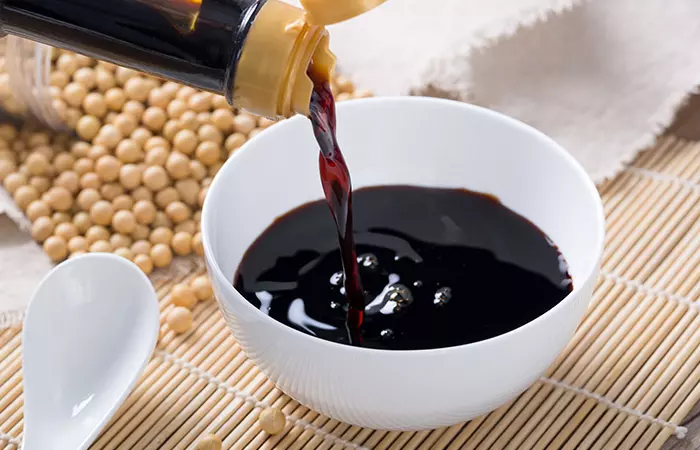
- Thick Soy Sauce: It is also known as ‘tamari’. It is made with gluten-free soybeans. This sauce is dark-colored and tastes sweet. It lacks aroma. It is often used as a substitute for oyster sauce.
- Shiro: It is made with 80 percent wheat and 20 percent soybeans. It is light golden with a sweet wheat flavor.
- Saishikomi: It is a double-brewed soy sauce produced from equal amounts of wheat and soybeans. It is much darker in color and has a strong flavor.
These are the main types of soy sauce. But how do you store it? Also, can soy sauce go bad? Find out in the next section.
Storage: Can Soy Sauce Go Bad?
An unopened bottle of soy sauce can last about three years. The main reason for this longer shelf life is its high sodium that creates an unfavorable environment for microbes to thrive. However, opened soy sauce retains its freshness for a month and is required to be refrigerated. Refrigerated soy sauce can last up to one or two years.
Wondering how to add this fermented liquid to your food items? Soy sauce is a culinary powerhouse that can add depth and complexity to various dishes. You can also use it in marinades, dressings, soups, broths, and stir-fries. You may even try using it in your baking recipes or adding a dash to your cocktails for a unique umami twist. Here are some easy recipes to try.
Recipes To Try
1. Bacon, Egg, And Shrimp Fried Rice
What You Need
- Light soy sauce – 1 tablespoon
- Peanut or vegetable oil – 1 ½ tablespoons
- Minced garlic – 1 clove
- Lightly beaten eggs – 3
- Bay shrimp – 4 ounces
- Cooked jasmine rice – 2 cups
- Diced pancetta or bacon – 4 ounces
- Peeled and grated fresh ginger – 1 teaspoon
- Fresh or frozen peas – 4 ounces
- Toasted sesame oil – 1 teaspoon
- Chopped scallions – 2
- Sea salt – to taste
Process
- Heat a wok over high heat and add one tablespoon of peanut oil.
- Add the eggs, reduce the heat a bit, and stir-fry for 1 to 2 minutes to scramble.
- Remove and set aside. Reheat the wok and add the remaining ½ tablespoon of peanut oil.
- When the oil is hot, add the pancetta, garlic, and ginger. Stir quickly.
- Once the pancetta begins to turn brown, in 1 to 2 minutes, add in the shrimp and peas and stir-fry for 1 to 2 minutes more.
- Add the cooked rice and stir well to break it up in the wok.
- Add the scrambled eggs back in, season with the light soy, and toss to coat the rice.
- Add in the toasted sesame oil and season with salt and pepper.
- Serve immediately garnished with chopped scallions.
2. Spicy Orange Chicken
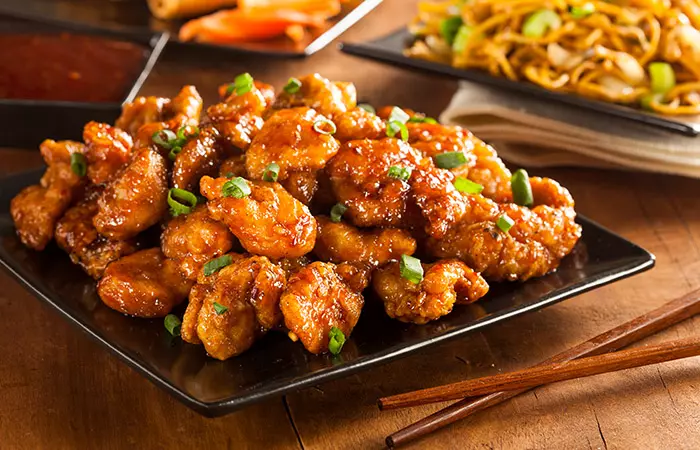
What You Need
- Low-sodium soy sauce – 1 tablespoon
- Cornstarch – 2 teaspoons
- Freshly squeezed orange juice – ¾ cup
- Garlic – 2 cloves
- Sesame oil –1 teaspoon
- Grated fresh ginger – 2 teaspoons
- Thinly sliced carrots – 2
- Red pepper flakes – 2 teaspoons
- Boneless skinless chicken breast (8 ounces) –1
- Sliced green onions – 2
- Cooked brown rice or quinoa – 1 cup
Process
- Whisk together the sauce ingredients in a medium bowl. Set aside.
- Heat oil in a large nonstick skillet over medium heat.
- Add chicken, occasionally stirring so that all sides get browned.
- Once the chicken has browned, add carrots and cook, stirring, until carrots are softened, about 5 minutes.
- Pour in the sauce and cook until the sauce is thickened, for 3 to 5 more minutes.
- Spoon into bowls with rice or quinoa and sprinkle with green onions and red pepper flakes.
3. Bok Choy And Oyster Mushroom Stir-fry Recipe
What You Need
- Reduced-sodium soy sauce – 3 tablespoons
- Oyster mushrooms – ¾ pound
- Fresh garlic cloves
- Bok choy – 3 pounds
- Sugar – 2 teaspoons
- Peanut or canola oil – 2 tablespoons
- Peeled and minced ginger root – 1 tablespoon
- Toasted sesame oil – 2 tablespoons
- Water – 1 or 2 tablespoons
Process
- Trim off only the very bottom ½ inch of the mushroom clusters where they were attached to the growing medium. Tear the mushrooms, including the stems, into bite-sized pieces.
- Slice the ribs (stems) into ¼-inch pieces. Stack the leaves on top of each other and roll them into a log. Slice them into 1-inch ribbons.
- In a large skillet or wide saucepan with a lid, heat the peanut oil, sesame oil, and garlic cloves over medium heat.
- Adjust heat to hold at a simmer until the garlic begins to brown, then remove the garlic and reserve it for another use.
- Add the ginger and sauté until it begins to brown. Add the mushrooms and bok choy.
- Turn the heat up to medium-high and stir-fry the vegetables for about 5 minutes until they are wilted.
- Add the water, soy sauce, and sugar. Cover the pot and bring the liquid to the bottom to a boil. Adjust heat to maintain a simmer and steam the vegetables for 3 minutes.
- If necessary, prevent sticking by adding another 1 or 2 tablespoons of water to the skillet.
Soy sauce is very high in sodium, which is its major downside. Does this make soy sauce bad for you? What are the risks associated with soy sauce?
 Quick Tip
Quick Tip4. Soy And Sesame Noodle Salad
What You Need
- 8 oz (about 225g) of soba noodles
- 1 tablespoon of honey
- ¼ cup of soy sauce
- 2 tablespoons of rice vinegar
- 1 teaspoon of freshly grated ginger
- 2 tablespoons of toasted sesame oil
- 1 minced clove of garlic
- 1 cup of shredded carrots
- 1 cup of thinly sliced cucumbers
- ¼ cup of chopped scallions
- 2 tablespoons of toasted sesame seeds
- Fresh cilantro or mint leaves, for garnish (optional)
Process
- Cook the soba noodles as instructed. Drain the noodles and rinse them under cold water.
- Whisk together the grated ginger, soy sauce, rice vinegar, honey, toasted sesame oil, and minced garlic.
- Combine the cooked soba noodles, shredded carrots, sliced cucumbers, and chopped scallions in a large bowl.
- Pour the dressing over the salad and toss the ingredients properly.
- Sprinkle toasted sesame seeds over the salad.
- Garnish with mint leaves or fresh cilantro, if desired.
- Chill the salad for at least 30 minutes, then serve.
Note: Soba noodles are highly nutritious and rich in fiber. However, the proteins in them may cause allergic reactions in some people. You may use wholewheat noodles or vermicelli as an alternative.
What Are The Risks Associated With Soy Sauce?
Intake of limited amounts of soy sauce is usually safe, but is soy sauce bad for you if taken excessively? Excess consumption of it is generally associated with health risks due to its high sodium content. According to the federal nutrition policy guidelines, the recommended sodium intake for adults should be no more than 2,300 milligrams per day. Two tablespoons of soy sauce contain nearly the daily recommended intake of sodium (at 2020 mg). Also, people with high blood pressure shouldn’t consume more than 1,500 milligrams of sodium per day. Choose soy sauce brands with low sodium values to reduce the risk of high blood pressure and coronary heart disease.
Chemically produced soy sauce may contain 3-Chloropropane-1,2-diol (3-MCPD) (13). This contaminant has toxic effects and might increase cancer risk or damage kidneys. Limit the presence of 3-MCPD usage to 1 mg per kg. Also, the presence of histamine in soy sauce may cause an allergic reaction in some. Intake of higher amounts of histamine may lead to rashes, stomach problems, sweating, headaches, and dizziness. Some forms of soy allergy may lead to histamine poisoning, characterized by inflammation around the mouth. In addition, soy sauce contains high monosodium glutamate (MSG), which may cause nausea and headache. However, as per other studies, there is no consistent evidence suggesting that individuals may be uniquely sensitive to MSG. Newer research also shows inconsistent data on the link between MSG intake and headache.
People allergic to gluten should avoid soy sauce. Most brands contain wheat as well. Hence, those with celiac disease must check the product labels. Also, pregnant and breastfeeding mothers should consult their doctor before consuming soy sauce as it is linked to altering the epigenome in babies.
What are some alternatives to high-sodium soy sauce? Scroll down to find out.
Low-Sodium Soy Sauce Substitutes
Tamari is one of the best alternatives to high-sodium soy sauce. It is made without using wheat and is gluten-free. It has a thicker texture, is less salty, and has a smoother flavor than your regular soy sauce. Worcestershire sauce is another good low-sodium soy sauce available. You also can consider coconut aminos, another low-sodium alternative. It is made from the sap of the coconut plant and is gluten-free.
Infographic: Top 4 Benefits Of Soy Sauce
Soy sauce is commonly used across different Asian cuisines to add a boost of color and a punch of flavor. Beyond its delectable taste, soy sauce packs a punch of health advantages. It may improve digestion, treat allergies, and more. Check out the infographic below to know why you should add this popular condiment to your diet.

Illustration: StyleCraze Design Team
Soy sauce is a culinary ingredient that is frequently used in Chinese, Korean, and Japanese diets. It is mostly known as a flavor-enhancing condiment, but the benefits of soy sauce are not well-known. It can promote digestion, reduce allergies, and lower LDL cholesterol levels. In addition, the soy compounds in this sauce may exhibit anti-tumor effects. However, these benefits are only associated with moderate consumption. Having soy sauce in excess may trigger negative effects like increasing cancer risk, blood pressure, kidney damage, and allergic reactions. Therefore, consume it with caution. You can try any of the recipes mentioned above once in a while to make tasty meals that are healthy.
Frequently Asked Questions
Can you eat soy sauce every day?
Yes. Intake of soy sauce every day in moderation (1 tablespoon per day) is considered healthy.
Is soy sauce good for the skin?
Yes. Soy sauce is good for the skin. It contains kojic acid, which is touted for its skin-lightening effects.
Is soy sauce good for men?
Soy products are rich in phytoestrogens, which may alter hormone levels and reduce testosterone levels in men (19). While more research is warranted in this regard, intake of soy sauce in moderation is recommended.
Is soy sauce good for weight loss?
Soy sauce is one of the low calorie vegetarian as well as vegan sauces that may be included in a weight loss diet. However, soy sauce may not have a direct impact on weight loss.
Illustration: Soy Sauce: Health Benefits And How Is It Made
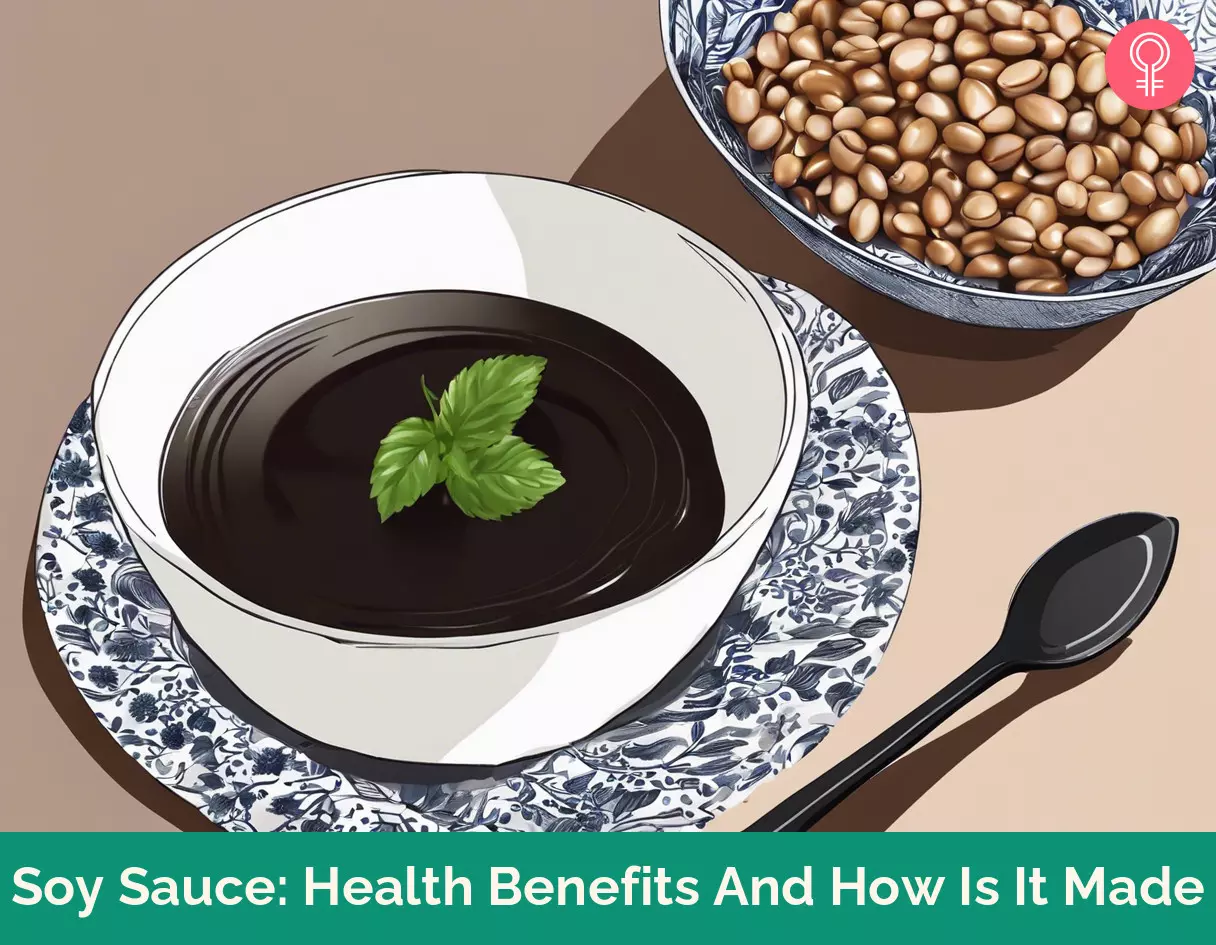
Image: Stable Diffusion/StyleCraze Design Team
Soy sauce is a popular condiment, but it can have health risks. Learn about how its consumption can affect your health and the potential benefits it can offer. Check out the video below!
References
Articles on StyleCraze are backed by verified information from peer-reviewed and academic research papers, reputed organizations, research institutions, and medical associations to ensure accuracy and relevance. Read our editorial policy to learn more.
- Soy sauce made from soy (tamari)
https://fdc.nal.usda.gov/fdc-app.html#/food-details/174278/nutrients - Soy, Soy Foods and Their Role in Vegetarian Diets
https://www.ncbi.nlm.nih.gov/pmc/articles/PMC5793271/ - Role of Probiotics in health improvement, infection control and disease treatment and management
https://www.ncbi.nlm.nih.gov/pmc/articles/PMC4421088/ - Chemical and Sensory Characteristics of Soy Sauce: A Review
https://www.ncbi.nlm.nih.gov/pmc/articles/PMC7581291/ - Functional effects of Japanese style fermented soy sauce (shoyu) and its components
https://pubmed.ncbi.nlm.nih.gov/16243270/ - Shoyu polysaccharides from soy sauce improve quality of life for patients with seasonal allergic rhinitis: a double-blind placebo-controlled clinical study
https://pubmed.ncbi.nlm.nih.gov/15702239/ - Soy and Health Update: Evaluation of the Clinical and Epidemiologic Literature
https://www.ncbi.nlm.nih.gov/pmc/articles/PMC5188409/ - Soybean Bioactive Peptides and Their Functional Properties
https://www.ncbi.nlm.nih.gov/pmc/articles/PMC6164536/ - Antihypertensive effect of salt-free soy sauce, a new fermented seasoning, in spontaneously hypertensive rats
https://pubmed.ncbi.nlm.nih.gov/20546407/ - Antihypertensive effect of Ganjang (traditional Korean soy sauce) on Sprague-Dawley Rats
https://pubmed.ncbi.nlm.nih.gov/28989575/ - Effects of soy products in reducing risk of spontaneous and neutron-induced liver-tumors in mice
https://pubmed.ncbi.nlm.nih.gov/21573624/ - Sodium Intake and Health Outcomes
https://www.ncbi.nlm.nih.gov/books/NBK201520/ - 3-Chloropropane-1,2-diol (3-MCPD) in Soy Sauce: A Review on the Formation, Reduction, and Detection of This Potential Carcinogen
https://ift.onlinelibrary.wiley.com/doi/abs/10.1111/1541-4337.12120
Read full bio of Serena Benali
Read full bio of Sindhu Koganti
Read full bio of Ravi Teja Tadimalla
Read full bio of Payal Karnik






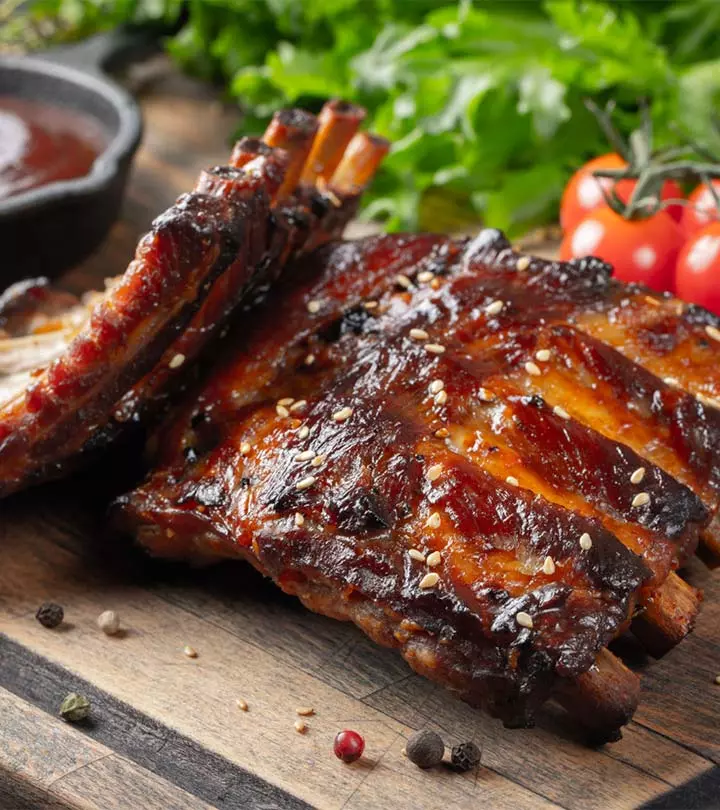
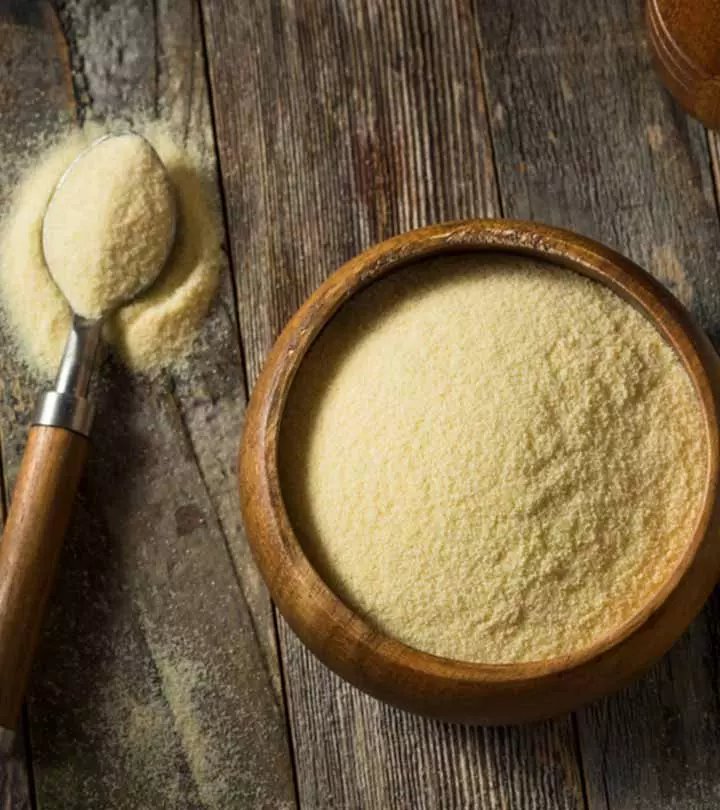
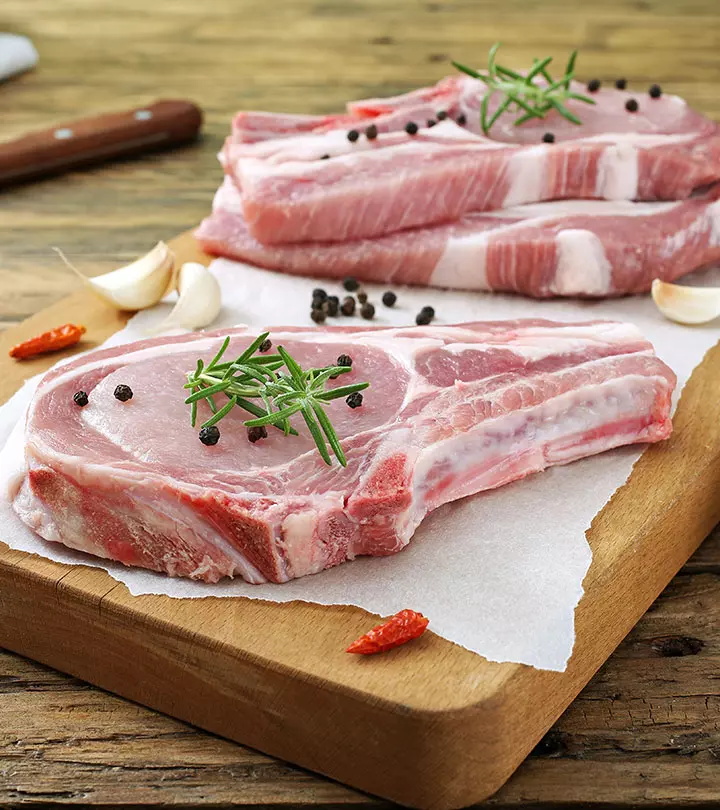
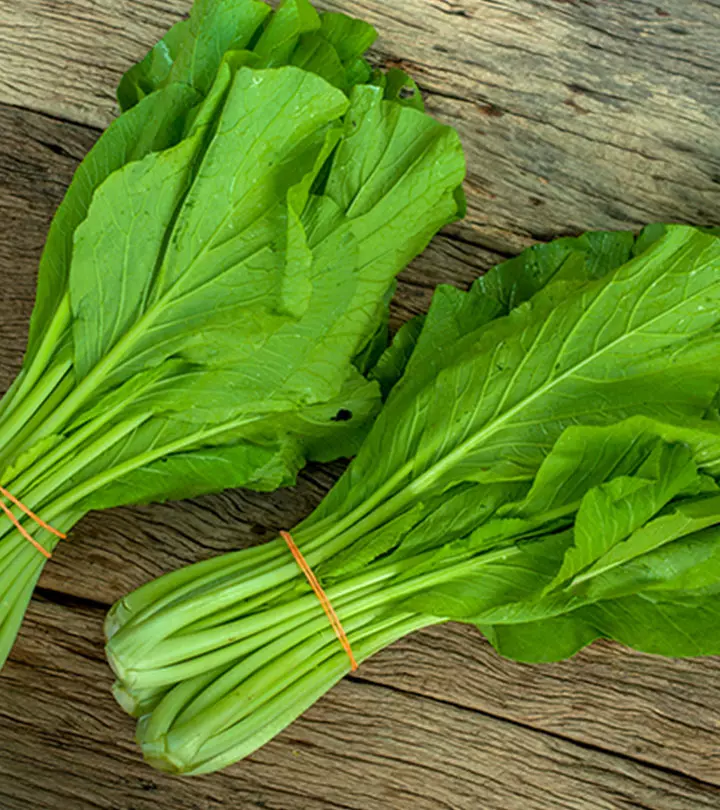
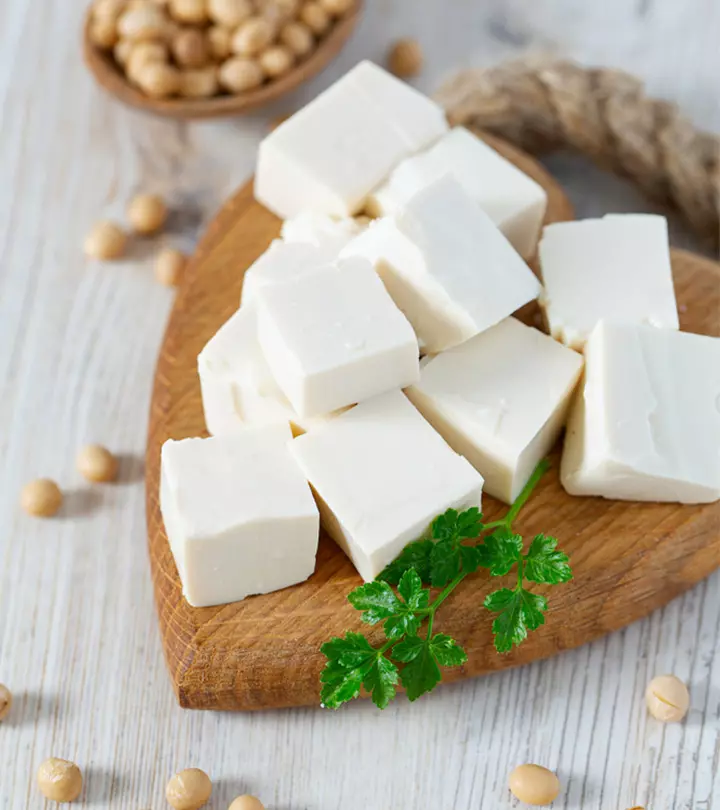

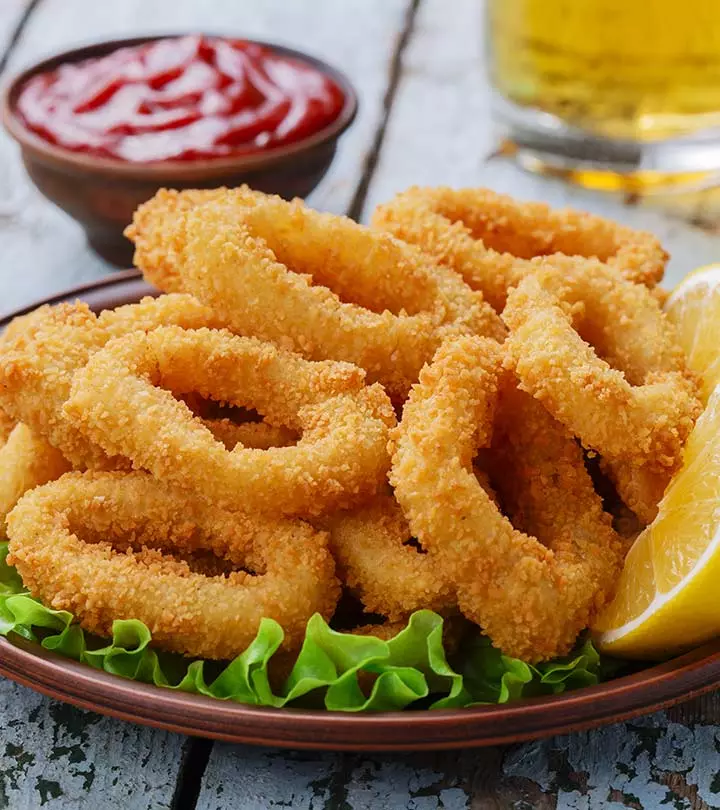
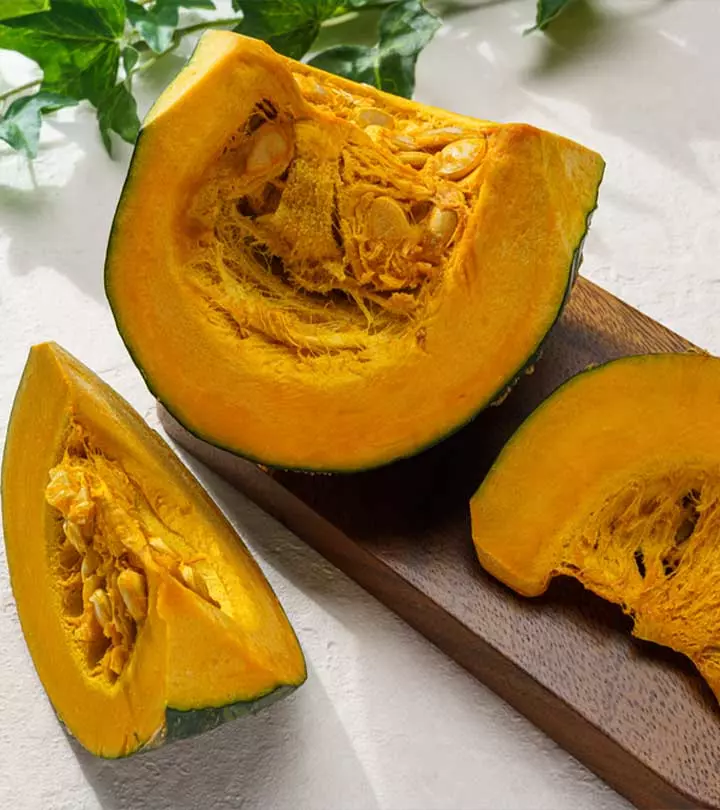
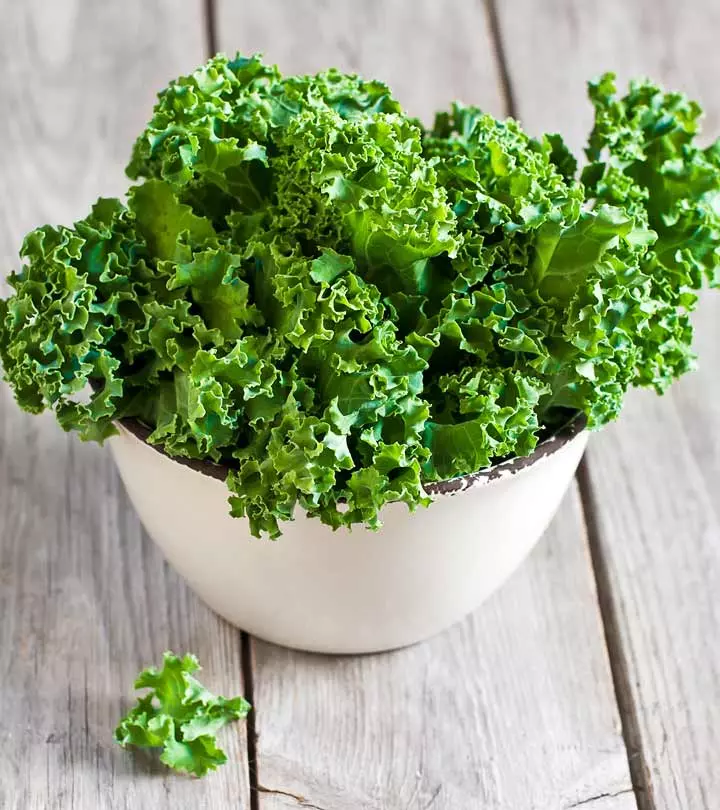
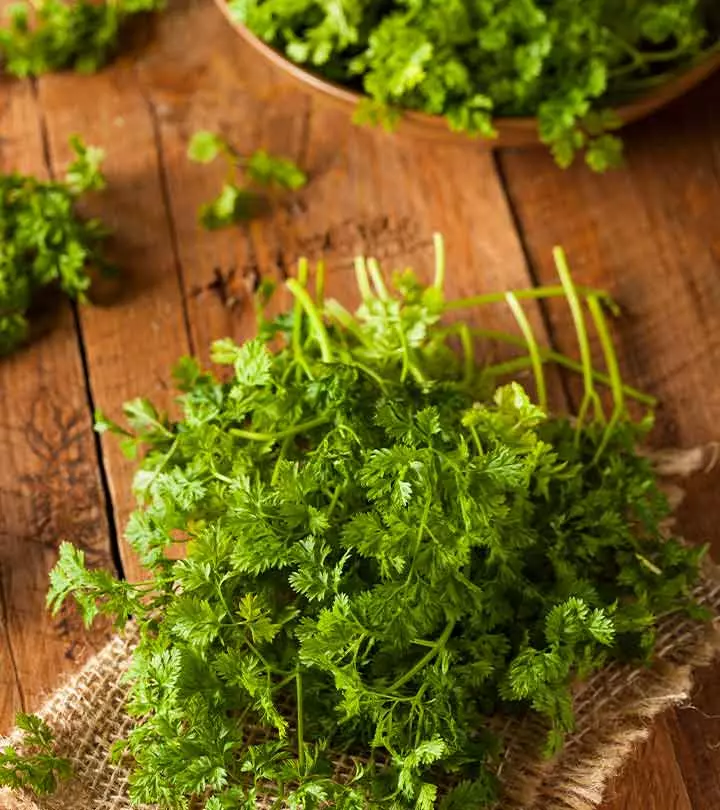


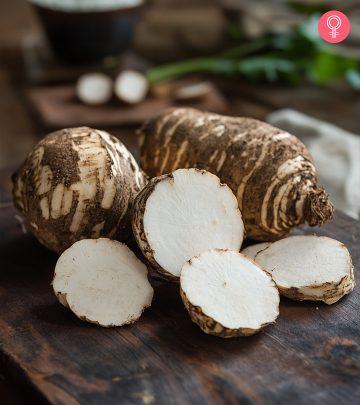
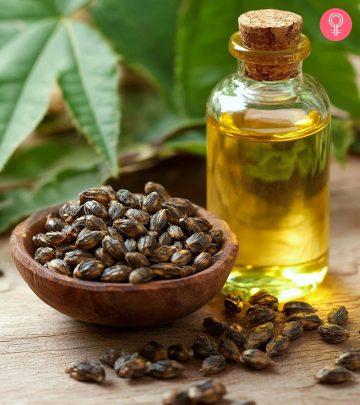
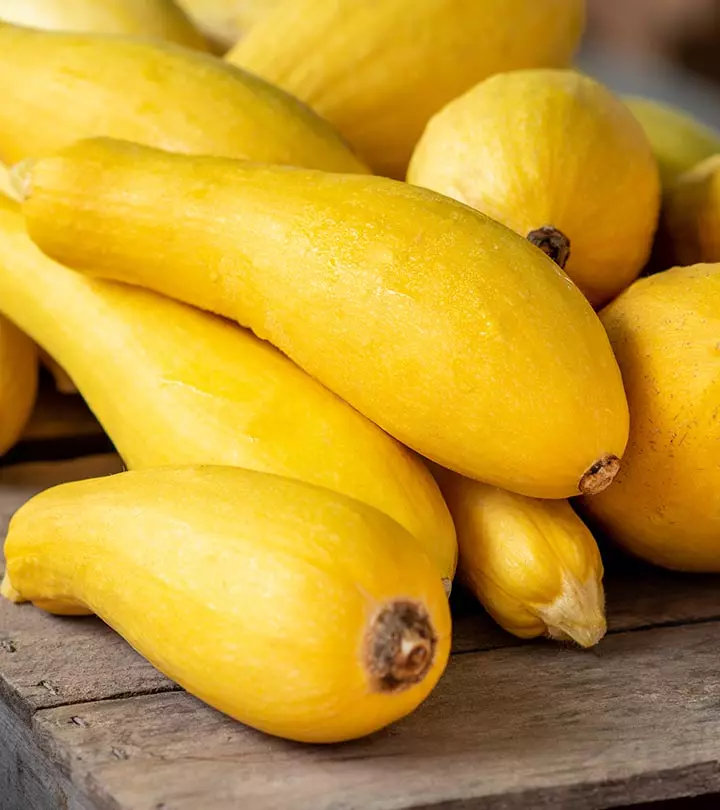
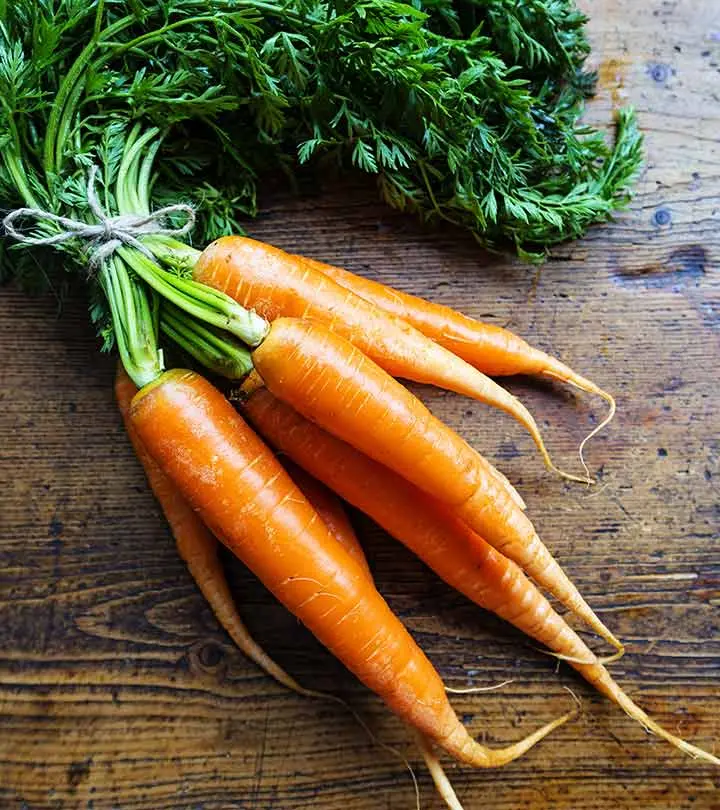
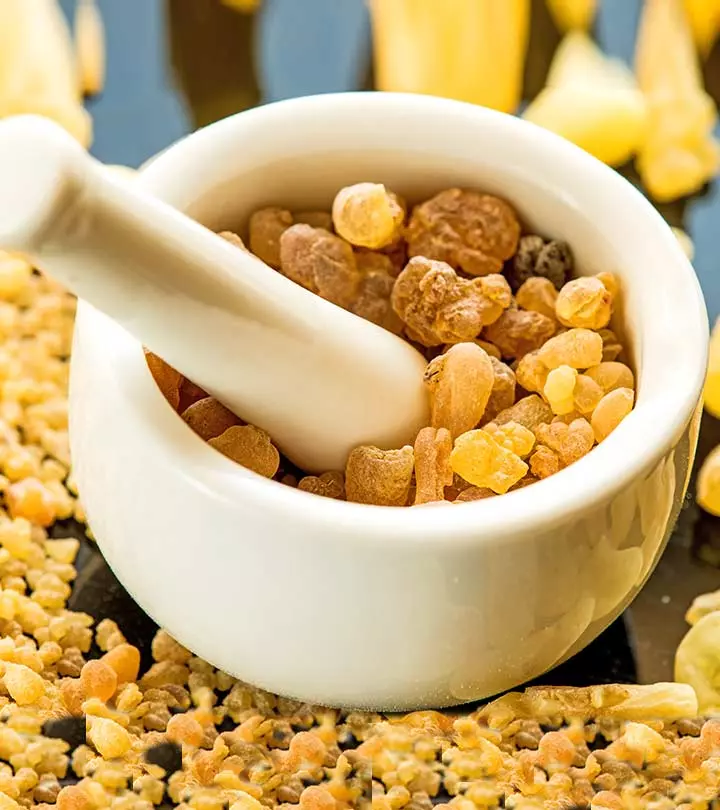
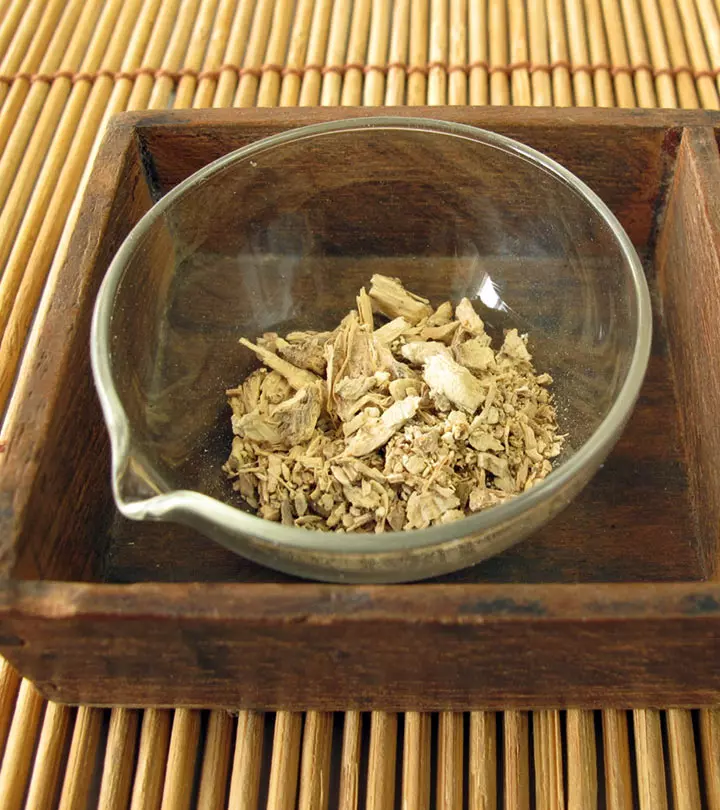
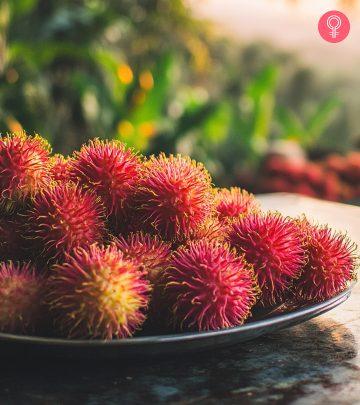
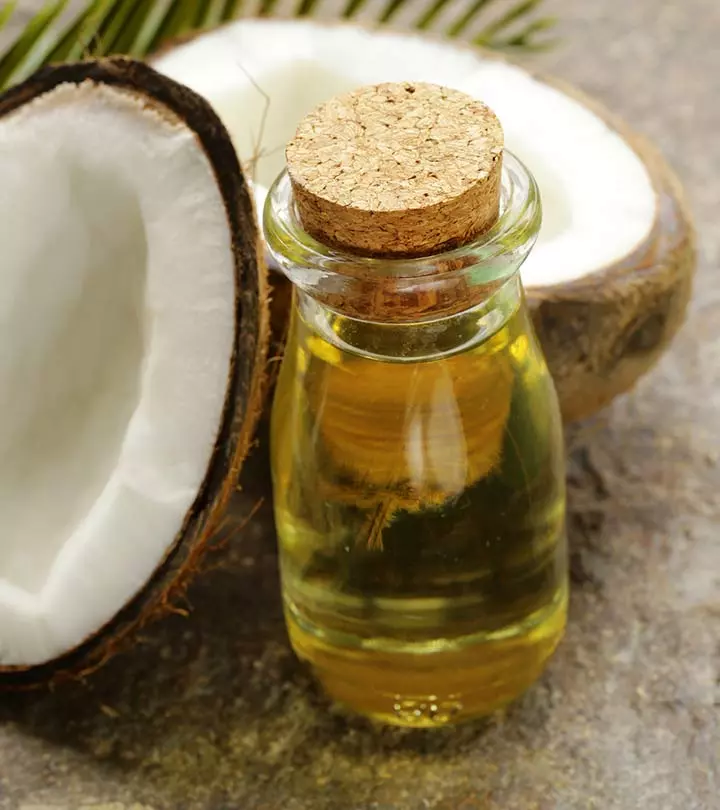
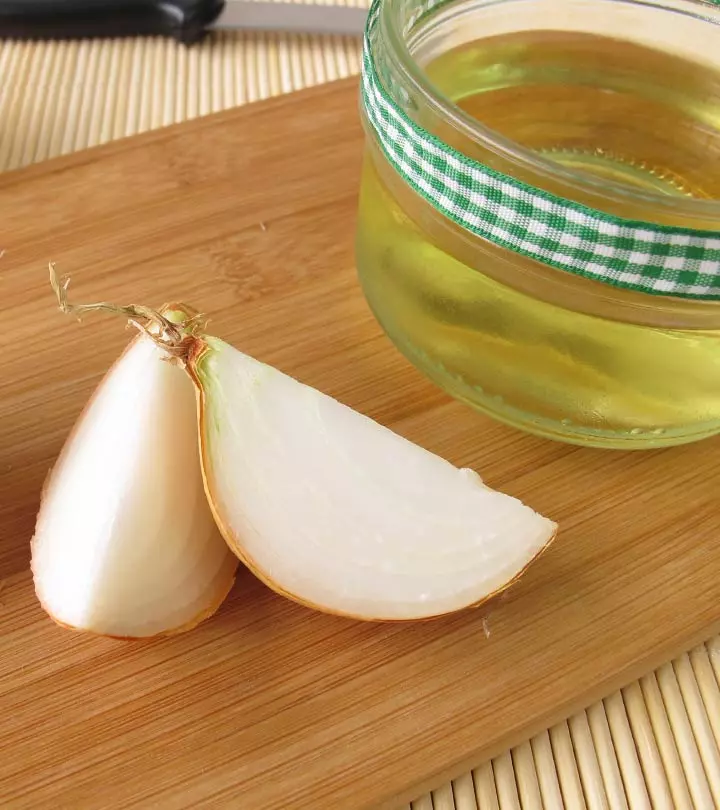
Community Experiences
Join the conversation and become a part of our empowering community! Share your stories, experiences, and insights to connect with other beauty, lifestyle, and health enthusiasts.